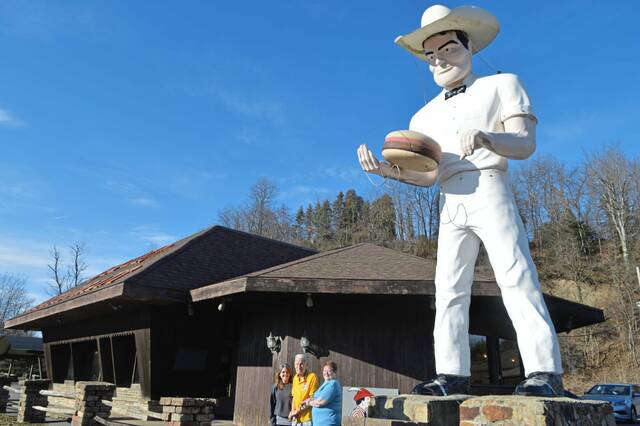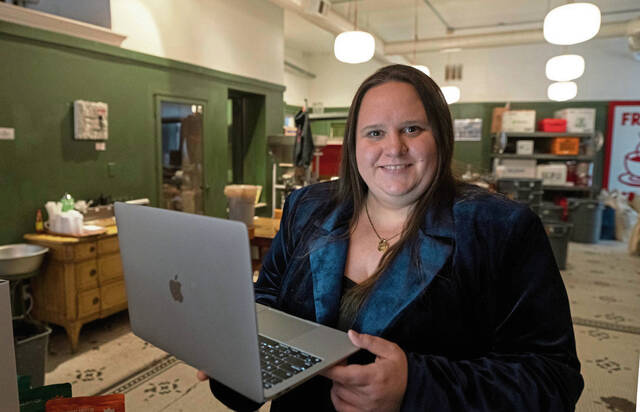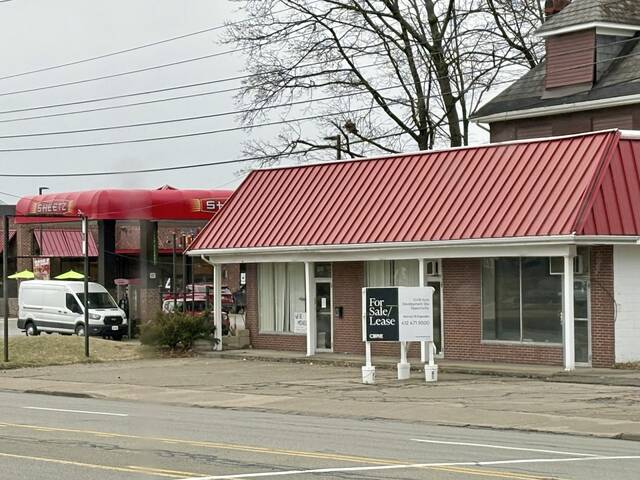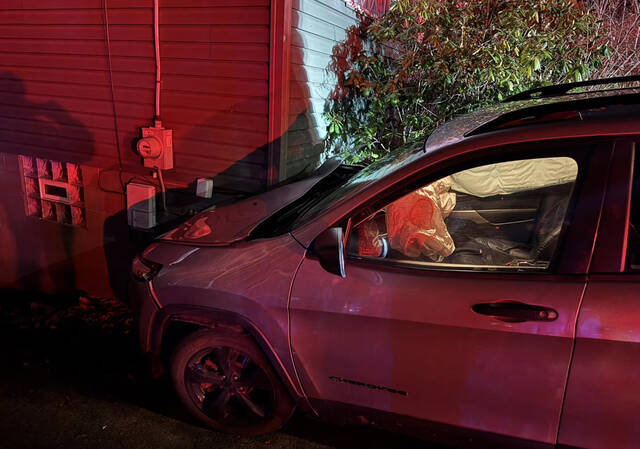When it comes to in-person schooling amid a pandemic, Kiski Area Superintendent Tim Scott said there are many factors to consider — the seating arrangements, the mask requirements, how students will be bused and dropped off, how athletics will function, how students will operate in lunchrooms.
He thought of the strict guidelines that restaurants must follow even in the state’s green phase of reopening, restricting access to shared condiments and using only disposable menus. The district has about 3,600 students.
“You’re not even going to be able to put ketchup on your own hamburger,” Scott said. “I have to figure out who can sharpen their own pencils, how to hand out papers.”
That is why Kiski Area School District will continue remote learning next fall, Scott announced this week. The district is the first in the area to release concrete plans for the next school year, while most of its neighbors grapple with uncertainty and hold out hope that school buildings will reopen.
“We simply don’t know how data related to the pandemic will be trending 75 days from now. Predictions could prove to be wildly inaccurate,” Scott said in a video message posted to the district’s website. “I believe that delaying a decision well into the summer, in an effort to pinpoint a future reality, would leave us with insufficient time to plan and implement a model that best serves our students, in terms of both education, and public health.”
Come August, Scott said, returning teachers would not have enough time to immediately implement a “completely new and never-tried-before” education model that would live up to the district’s standards. Virtual learning will continue for at least the beginning of the 2020-21 school year, he said.
Meanwhile, the district will be working over the summer to devise a hybrid plan that can be rolled out later. According to Scott’s message, students would likely be divided into “A and B weeks,” which alternate coming to school and using distance learning Monday through Thursday. All students would use distance learning on Fridays.
But while the details are being ironed out, Scott said it would be best for students to continue with the online instruction in place since late March. The first weeks of remote schooling in the fall will be used to prepare for re-entering the school environment, phasing in certain groups and activities while keeping students comfortable with the online model.
The district will also offer 100% online learning for any families that are uncomfortable sending their children back to school.
“Beginning with distance learning and moving to a hybrid plan also provides significant flexibility for dealing with the unknown future,” he said. “If a second wave of the pandemic returns in the fall, for example, teachers and students will already have been engaged together in remote learning.”
The district’s move comes as most schools are determined to reopen in some capacity. Gov. Tom Wolf said Friday there is “no question” schools will be physically open this fall, though there may be fewer students in each classroom. The Pennsylvania Department of Education is expected to release specific guidance early next week that will address issues like online learning, classroom capacity, operating school buses, sports and extracurricular activities, as well as other logistics, Wolf said.
All Southwestern Pennsylvania counties, including Allegheny and Westmoreland, will move into the green phase on June 5.
Pennsylvania Education Secretary Pedro Rivera told the state Senate in early May that he fully expects to reopen buildings in the fall.
But Scott said it was important to him to give families a sense of certainty moving into the summer. He wanted to give district officials the chance to develop the best possible approach.
“I want a parent to feel as safe and comfortable as they can, sending their kid into an environment they’re OK with,” he said.
Michelle Schmidt, president of the district’s Board of Directors, said she was relieved to give families a definitive plan, even if it’s not the most ideal situation.
“It’s not always the popular voice out there when you’re the first one making the decision,” she said. “We’re just doing the best we can do with what we’ve got right now.”
Colleges and universities in the area have meanwhile made mixed plans for approaching the fall semester. Indiana University of Pennsylvania announced last week an approach for a hybrid model. Duquesne University and the University of Pittsburgh are also evaluating how they may incorporate face-to-face instruction. But at the K-12 level, most school districts have refrained from publicizing solid plans, and seem to be preparing for a range of scenarios as they wait for state guidance.
Much of the guidance still leaves room for interpretation, Schmidt said, and there is still so much that could change over the summer.
“It’s been such a difficult time. There’s so many unknown factors and so many things have changed so frequently,” she said.
Scott reflected on Wolf’s first announcement in mid-March, closing schools for two weeks. At the time, he said, he thought schools would undergo a deep clean and perhaps instill more safety guidelines. He never imagined a scenario like this — and he doesn’t want to proceed into the fall with the same level of uncertainty.
“None of this is what we had hoped for,” he said. “But so many decisions have to be made at different levels. That’s a heavy lift.”








